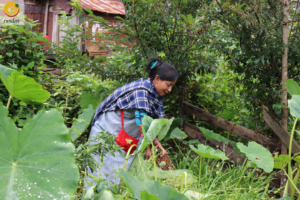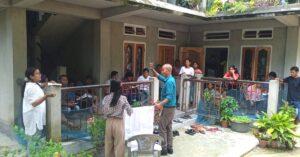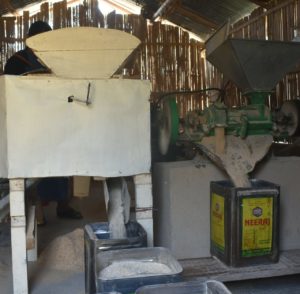A workshop with Agroecology Learning Circles (ALCs) was conducted at Selbalgre Community Hall, West Garo Hills, on 22nd February 2022. Farmers from five villages- Tosekgre, Bibragre, Misimagre, Dura Kalakgre and Selbalgre participated in the programme. Facilitated by NESFAS, the workshop laid emphasis on identifying and tackling the agricultural problems faced by farmers on a daily basis. This workshop is part of the project “Empowering Indigenous Communities through Agroecology Learning Circles (ALCs) for resilient, integrated and innovative natural resource management” supported by MBMA and funded by the World Bank under the Meghalaya Community Led Landscape Management Project (CLLMP).
The workshop witnessed a commingling of community members who talked of their issues and challenges and shared traditional knowledge passed down to them through the generations. It provided the farmers with a much-needed platform to share different approaches to common problems, each village with expertise of its own. The workshop also focused on developing a work plan for the current agricultural year, and the steps to combat vexing issues on farming.
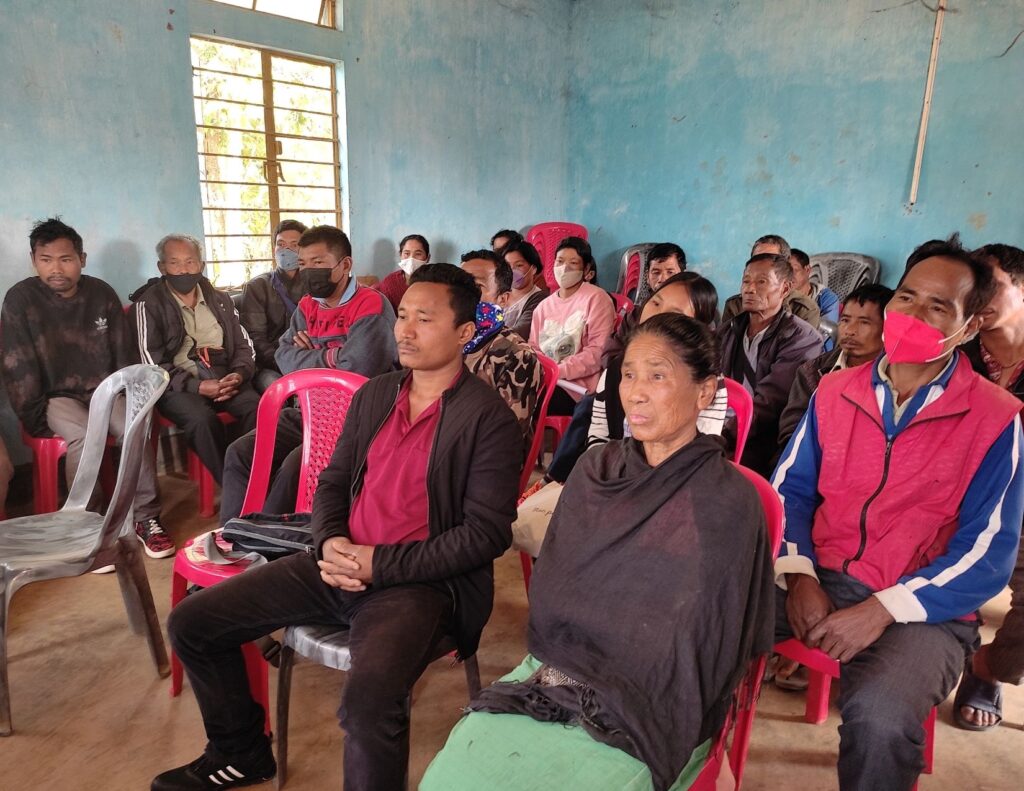
Starting off with an ice-breaking session, the farmers were divided into pairs, wherein they had to introduce their pair and mention his/her strength/s. This was an effective method of getting the farmers acquainted with their counterparts, and creating the right setting for them to freely interact with one another. Following this, the farmers from each village then collectively, as a group, jot down the crops, problems and pests thereof.
On analysis, it was identified that a common problem among the five participating villages was that of pest infestation in the taro plant. The pest was identified as Corm Borer, an insect that feeds on the foliage and tubers of the plant, locally known as “jong·bu” (In Garo), which is similar to the one that feeds on tender bamboo shoots, only a healthier, bigger version found in taro.
Taking the instance of the ALC experiment conducted in taro plant in Khweng, Ri-Bhoi district, and with a discussion among the farmers and facilitators, the options to combat the pest infestation were documented as follows:
1. Throwing of rice hulls in the stems of the taro plant. This will help prevent the queen insect from laying eggs, thus stopping the spread further. Rice hulls can also be sprinkled all over the plant so as to make conditions less favourable for the corm borers to thrive.
2. Broken or roughly ground grains of maize or rice can be sprinkled all over the plants. This will act as a feast for ants, which will then feed on the larvae of the insects.
3. Mud paste can be applied to the stems of the plants. The insects thus, cannot lay eggs on the stem, but atop the mud pastes applied on it.
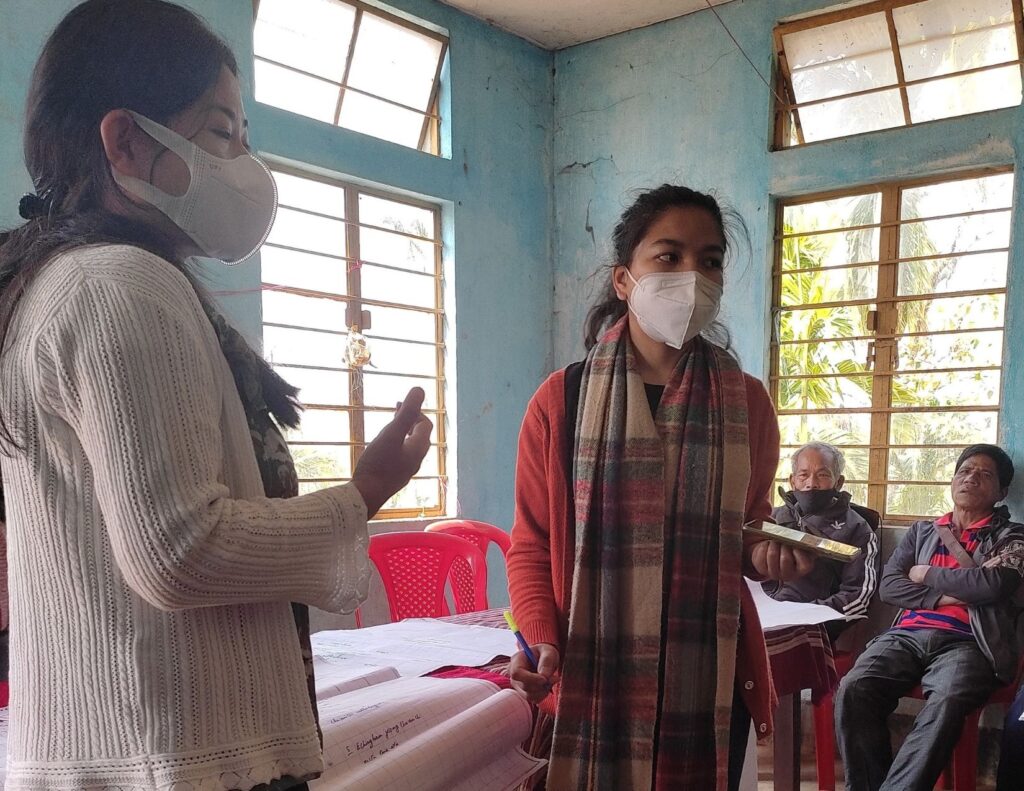
The farmers voted for the sprinkling of rice hulls in the taro plant for experimentation collectively, so as to produce more relevant results, keeping in mind that it is to be done when the plants are growing, and the insects have not flourished yet.
The community members also addressed the issue of degrading fertility of the soil, and the contributing factors such as monoculture and deforestation, stating the disturbing fact of less produce being harvested.
Rampant areca nut plantations have also destroyed the land. On discussion, a few innovative ways were discovered to combat this issue such as planting nitrogen-fixing plants, composting, green manuring, and mulching.
Raseng Sangma, a farmer of 32 years of age, from Bibragre, recounted his plantation of rice beans alongside areca plantations. He also demonstrated his work for the rest to follow suit. “I planted the rice beans below the areca trees. I have not observed significant improvement in the areca trees so far, yet the rice beans have given me good harvest, and it also helps maintain soil fertility as the areca plants drain the soil and water from the land”, he stated. Similar plants, such as broad beans and other legumes also work just the same.
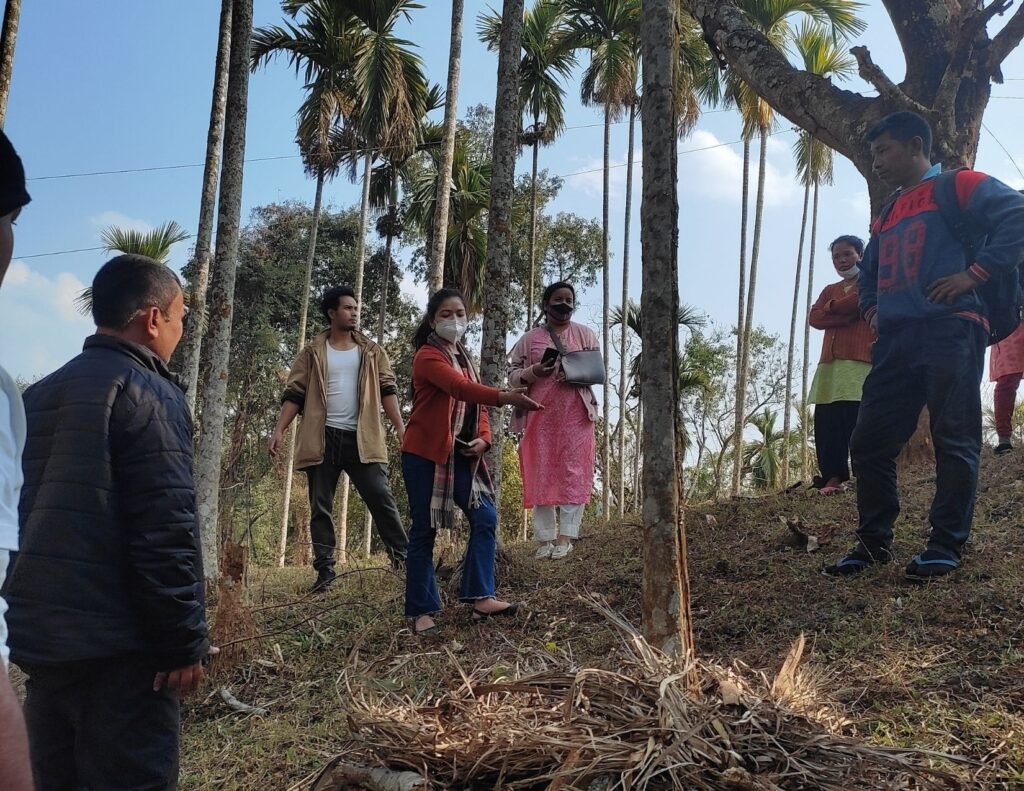
Another method discussed to prevent the soil from eroding or degrading the areca nut plantations were to put up stone mounts surrounding the trees, filling it up with biomass and manure. This is said to have prevented soil erosion, while also keeping the plant healthy to produce more fruits in the season.
The promising group of progressive farmers were eager to conduct the experiments on their respective farms, enthusiastic with their new learnings and expanded knowledge. Fueled by a common objective, the farmers who are newcomers in the ALC experiments, now have a year to anticipate improved conditions and harvests, fused by age-old traditions.

